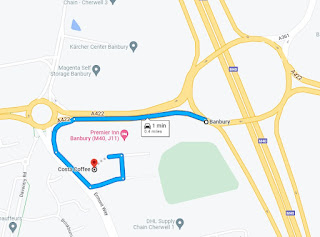Why you should be concerned about Lidl if you don’t live on Elvetham Heath

If you live in Hart you’ve probably heard about the planning application to build a Lidl food store, with a drive thru on Elvetham Heath. With the spiralling cost of living, more competition among local supermarkets to help keep food prices as low as possible can only be a good thing. And, it would be great for this competition to come in the form of a conveniently located store with free parking. Understandably, anyone who lives close to the proposed site will be concerned about direct impacts such as additional traffic congestion, road safety, noise, and light pollution. And, along with people who live further afield they have concerns about broader environmental and sustainability issues that indirectly affect us all. Fortunately, according to the government’s Plain English guide to the Planning System , our planning system is designed to “ensure that the right development happens in the right place at the right time, benefiting communities and the economy.”. Decisions on planning

